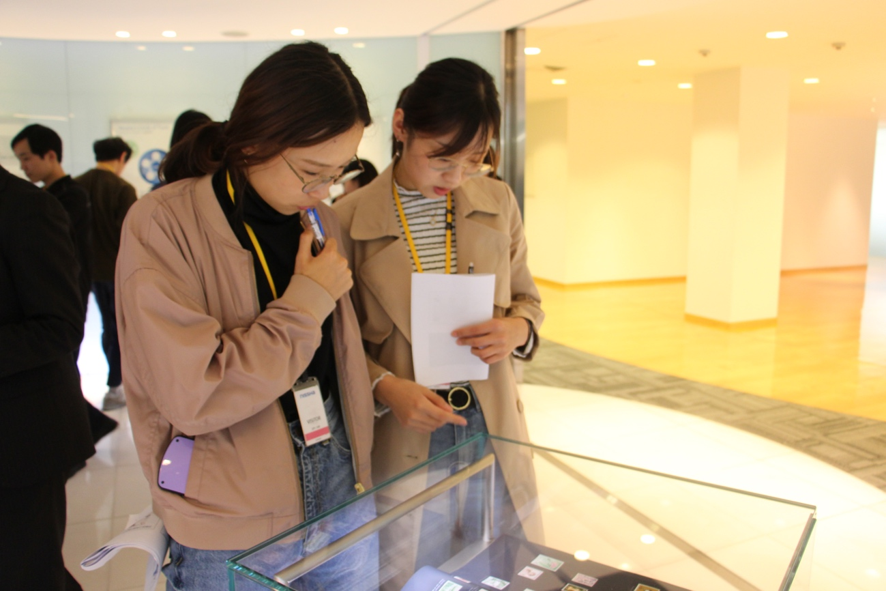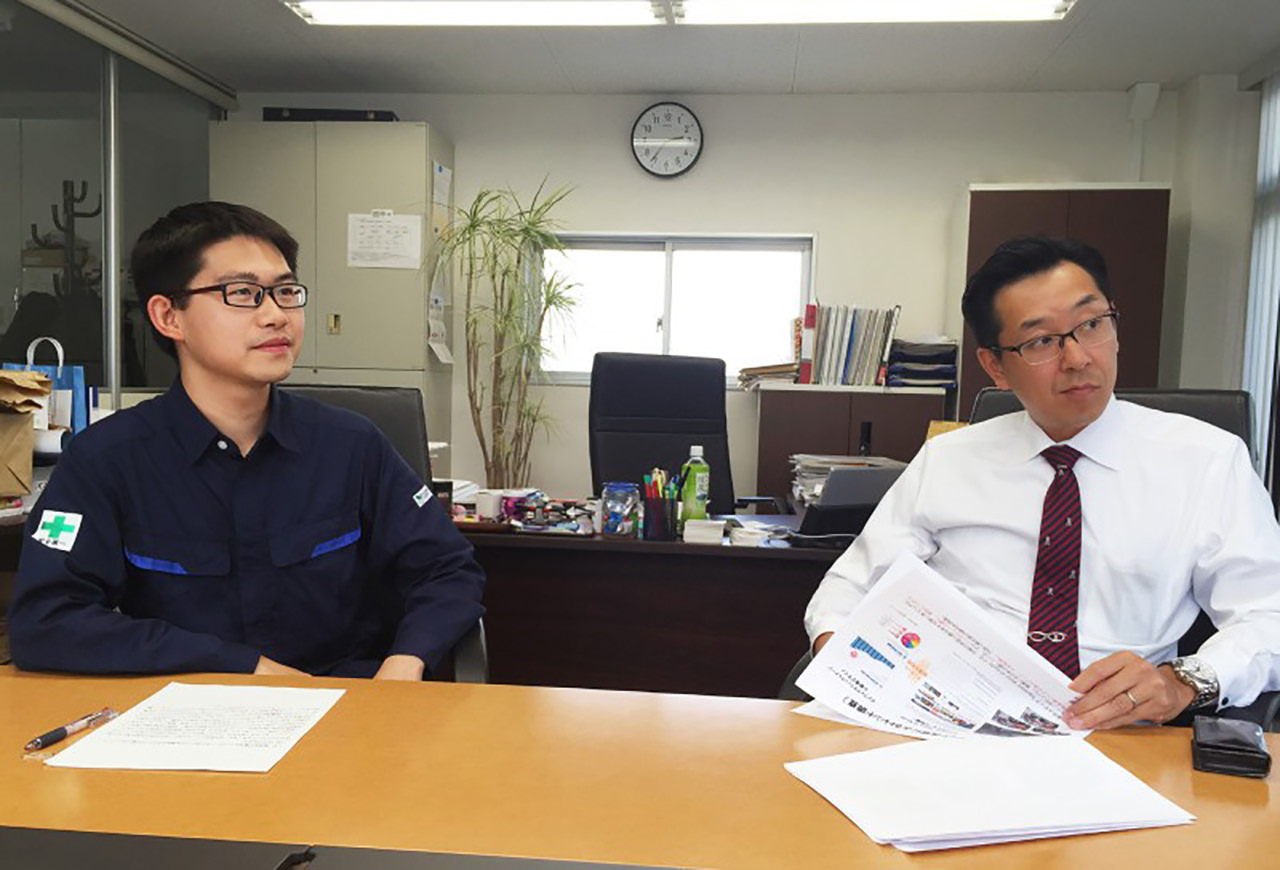เรียนจบที่ญี่ปุ่นแล้วทำอะไรต่อดี? เป็นคุณครูในโรงเรียนญี่ปุ่นด้วยโปรแกรม JET ดูไหม?
2017.08.01

Studying abroad in Japan can be an exhilarating experience, and for some, an experience that makes up your mind: you want to come back.
At least, that’s the way it was for this author. After studying abroad in Japan for a year, I returned to my native America to finish my studies before returning to Japan on the JET Programme.
Depending on your study abroad program, however, your graduation time may be different from the period during which Japanese students typically enter the shuukatsu cycle of job-hunting (read more about shuukatsu in our guide for international students: “Job-Hunting in Japan 101”), or perhaps you’re just not interested in seeking out a typical corporate job in Japan. Even if that’s the case, there are many options, particularly for native English-speakers, in the education industry.
What options are out there?
Maybe you want to stay in Japan after you graduate, and get that proverbial foot in the door, but still stay in a more urban area. In the cities, English conversation schools abound, including private ALT (Assistant Language Teacher) dispatch companies like Interac, which contracts ALTs out to the local boards of education. If this is a path you’re interested in after graduation, however, as with any potential job or company, it’s always a good idea to do some online research about the company you’re interested in. Look up reviews, blogs, and other postings from former employees to get a feel for the organization.
Another option for those aspiring to be hired as an ALT is to look into direct hiring from a city or prefectural Board of Education. Such job listings are sometimes posted online, so it’s a good idea to keep your eyes and ears open: join some forums, or follow relevant Facebook groups.
The JET Programme
If you’re not majoring in education, this may not have been a career path—or indeed, an experience—that you considered before. Japan’s largest program may have the word “teaching” in its title, but a major in education or a teaching certification isn’t a requirement. The JET, or Japan Exchange and Teaching Programme (notice that “exchange” is emphasized first! The program is largely focused on “grassroots internationalization”) was founded in 1987, and since then, has been sending ALTs (Assistant Language Teachers, who assist Japanese teachers in the classroom, or teach their own classes. There is no language requirement for ALTs), CIRs (Coordinators for International Relations, who are required to have a certain level of Japanese proficiency, and work to promote international relations-related activities at local government organizations), and a smaller group of SEAs (Sports Exchange Advisors, who are sports professionals promoting internalization via coaching sports) to typically rural regions of Japan.
Many private companies offer short-term contracts of approximately one year, and while JET contracts are similarly offered on a year-basis, it’s possible for program participants to re-contract for a term of up to five years.
The program has increased its participation numbers (there were nearly 5,000 JETs in Japan in 2016), and expanded into slightly less rural placements than previously offered, though the great majority of JETs will nonetheless be placed away from metropolitan areas. As a former JET myself, I would caution aspiring JETs not to be turned away by this: one of the greatest appeals of the program is the chance to immerse yourself in the local community—“local” here could mean anything from Kyoto’s beautiful neighbor, Uji, to a verdant farming village of 2,000 people on the edge of Shikoku…more often than not, it’s going to be somewhere in the countryside. It’s an opportunity to not only visit, but live in a place you might not otherwise visit, and to get to know the people who live there.
For the three years I was on JET, I was stationed in a fairly rural town of about 50,000 people (a higher population than my hometown, but with so many more rice fields). The trains in my town stopped only once an hour, and like many Kyoto residents do, I made my commute to and from work on my bicycle, passing through fields and over rivers (I had to quickly school myself not to sing while riding–”lush nature,” also means a lot of bugs). By the end of my time there, I was surprised myself at how much I’d come to know the town. I knew most of the children high school age and under in the town, and any elementary school students I passed on the street would wave to me and call me by name (They also asked, wide-eyed and earnest, what on earth I was doing there when they spotted me buying broccoli in the local grocery store). I knew the families who ran the local restaurants by name (sometimes too well: I was once offered a grocer’s son’s hand in marriage when I tried to buy carrots at a local establishment), and couldn’t go far without a wave from someone.
Though it may not be without its flaws, one of the sure benefits of the program is how well you’ll come to know the people and culture of your particular town (Not to mention dialect–you think Kansai-ben is fun, Kyoto-ites? There’s quite a bit more to explore!). You will also get to experience life in a Japanese working environment outside of office work. Where you take that experience next will be up to you.













